Describe the Living and Nonliving Parts of an Ecosystem
Primarily ecosystem has two domains such as terrestrial ecosystem and aquatic ecosystem. Ecosystems can be very large or very small.
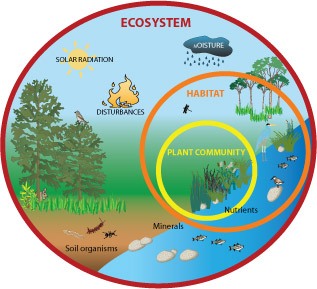
Living And Nonliving New Science Quiz Quizizz
Assessment does not include the use of chemical.

. An ecosystem can be defined as all the living and non-living things in a given area and their interactions. NGSS 533 Develop and use a model. A natural community is composed of plants and animals living and interacting within an area that has similar physical characteristics throughout.
The nonliving parts of an ecosystem are the abiotic components while the living ones are biotic components. The non- living things like water air soil and other are required by the living organisms for leading their life cycle. Describe how water cycles through the biosphere.
Living parts - plants fungi Protista and bacteria. What are the nonliving parts of an ecosystem. Explain why nutrients are imponant in living systems.
An abiotic factor is a non-living part of an ecosystem that shapes its environment. Ecosystem- Made up of all the living and nonliving things that interact in an area. Describe the parts of an ecosystem found in estuaries.
A n ecosystem is a geographic area where plants animals and other organisms as well as weather and landscape work together to form a bubble of life. The relationship between the living and non-living things forms an ecosystem. In a marine ecosystem abiotic factors would include salinity and ocean currents.
The habitat is the place where an organism lives its niche is its job in the ecosystem. Describe how matter cycles among the living and nonliving parts of an ecosystem. The gases present in.
In this lesson Living Biotic and Nonliving abiotic Parts of an Ecosystem students explore the characteristics of living things by examining a variety of items some living and some nonliving. Carbon trapped in fossil fuels is converted to carbon dioxide Organic carbon is converted to fossil fuels. In a terrestrial ecosystem examples might include temperature light and water.
406 science Develop a model to describe the cycling of matter and flow of energy among living and nonliving parts of an ecosystem. In an ecosystem living things interact with one another such as a rabbit eating plants or an owl eating a mouse. Organisms and populations of organisms are dependent on their environmental interactions both with other living things and with nonliving factors.
Parts of an ecosystem are living and nonliving. Rocks Dirt Sunlight and Water. Examples include water soil air temperature and sunlight.
The nonliving parts of an ecosystem are called abiotic factors. Remember ecosystems include living and nonliving things. You should use multiple parts of the carbon cycle to demonstrate this cycle.
An ecosystem termed is a natural unit of living and nonliving parts that interact to produce a stable system. Furthermore habitat is an important part of such an ecosystem. The nonliving parts of an ecosystem are the abiotic componentswhile the living ones are biotic components.
Explain the difference between an organisms habitat and its niche. These include parts of the ecosystem that are non-living but still affect it. The nonliving things in an ecosystem create and define the ecosystems environment and include sunlight temperature precipitation weather landscape soil chemistry water chemistry and even base nutrient supply.
After exploring these items I use a powerpoint to explain six characteristics of living things. NGSS MS LS2-3 Develop a model to describe the cycling of matter and flow of energy among living and nonliving parts of an ecosystem. Environment- Everything that surrounds and affects a living thing.
Non-living parts - air water soil sunlight climate landforms. Carbon dioxide is converted to sugar used for food. Describe how the availability of nutrients affects the productivity of ecosystems.
Soil- loose material that covers much of Earths surface. All the living things or organisms and nonliving things that interact in a particular area make up an ecosystem. What are three nonliving parts in the ecosystem.
See also when oceanic plates collide what volcanic landforms are made. Abiotic factors affect the types of life that are able to survive in a particular. What are three nonliving parts in the ecosystem.
The nonliving things in the environment affect which living things can survive in that environment. Organic Matter-the remains of plants and animals. The gases present in.
Ecosystems contain biotic or living parts as well as abiotic factors or nonliving parts. MS-LS2-1 In any ecosystem organisms and populations with similar requirements for food water oxygen or other resources may compete with each other for limited resources access to which consequently constrains their growth. Water certainly supports many lives.
Develop a model to describe the cycling of matter and flow of energy among living and nonliving parts of an ecosystem. Abiotic factors are just as important to ecosystems as living components. How do you describe an ecosystem example.
NGSS 532 Obtain evaluate and communicate information that animals obtain energy and matter from the food they eat for body repair growth and motion and to maintain body warmth. Are there any living things in the desert. Interactions Energy and Dynamics Next Generation Science Standards NGSS MS-LS2-3 Develop a model to describe the cycling of matter and flow of energy among living and nonliving parts of an ecosystem.
The living things forms the integral part. Living and nonliving things are closely tied to one another in an ecosystem. The living parts of an ecosystem are called biotic factors.
The ecosystem is defined as the interaction of biotic and abiotic factors. Describe the parts of an ecosystem found in estuaries. Remember ecosystems include living and nonliving things.
The ecosystem can be found in pond rivers trees and estuaries. The each part has a role and the parts work together to maintain balance within the system. Describe the parts of an ecosystem and tell how they maintain the systems balance.
Lesson Summary Matter unlike energy is recycled within and between ecosystems. Emphasis is on describing the conservation of matter and flow of energy into and out of various ecosystems and on defining the boundaries of the system. Community- made up of all the living things in an ecosystem.
Nonliving parts of an ecosystem are called abiotic components or abiotic factors.

Ecosystem And Its Major Components Youtube

Ecosystems Chapter 10 What Is An Ecosystem An Ecosystem Is All The Living Things And Nonliving Things In A Given Area Examples Of Ecosystems Forests Ppt Download

Ecology Ecosystems Wikibooks Open Books For An Open World
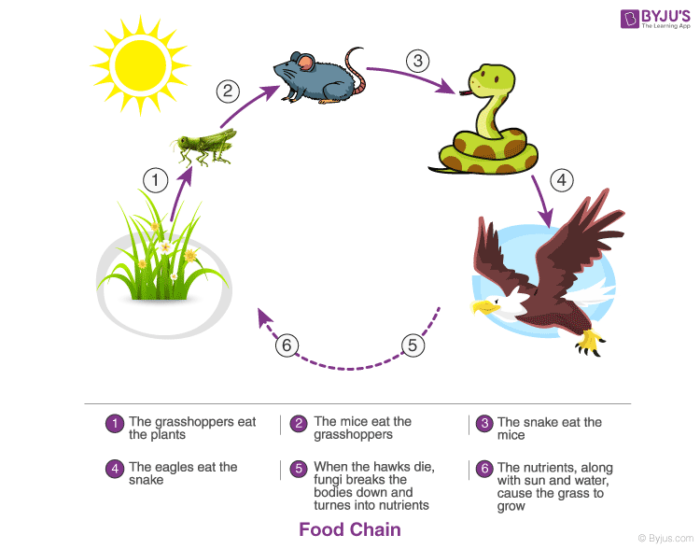
Ecosystem Components Of Ecosystem Biotic Abiotic Components

How Do Living And Nonliving Things Interact Ppt Video Online Download

What Is An Ecosystem All The Living Biotic And Nonliving Abiotic Parts Of An Environment As Well As The Interactions Among Them Ecosystems May Ppt Download

I Have Organisms Who Has All Living And Nonliving Things In An Area That Interact With Each Other I Have Ecosystem Who Has A Nonliving Part Of An Ppt Download

How Does Matter Move Among The Living And Nonliving Parts Of An Ecosystem 3 3 Cycles Of Matter Photo Credit C Bruce Coleman Ltd Natural Selection Ppt Download
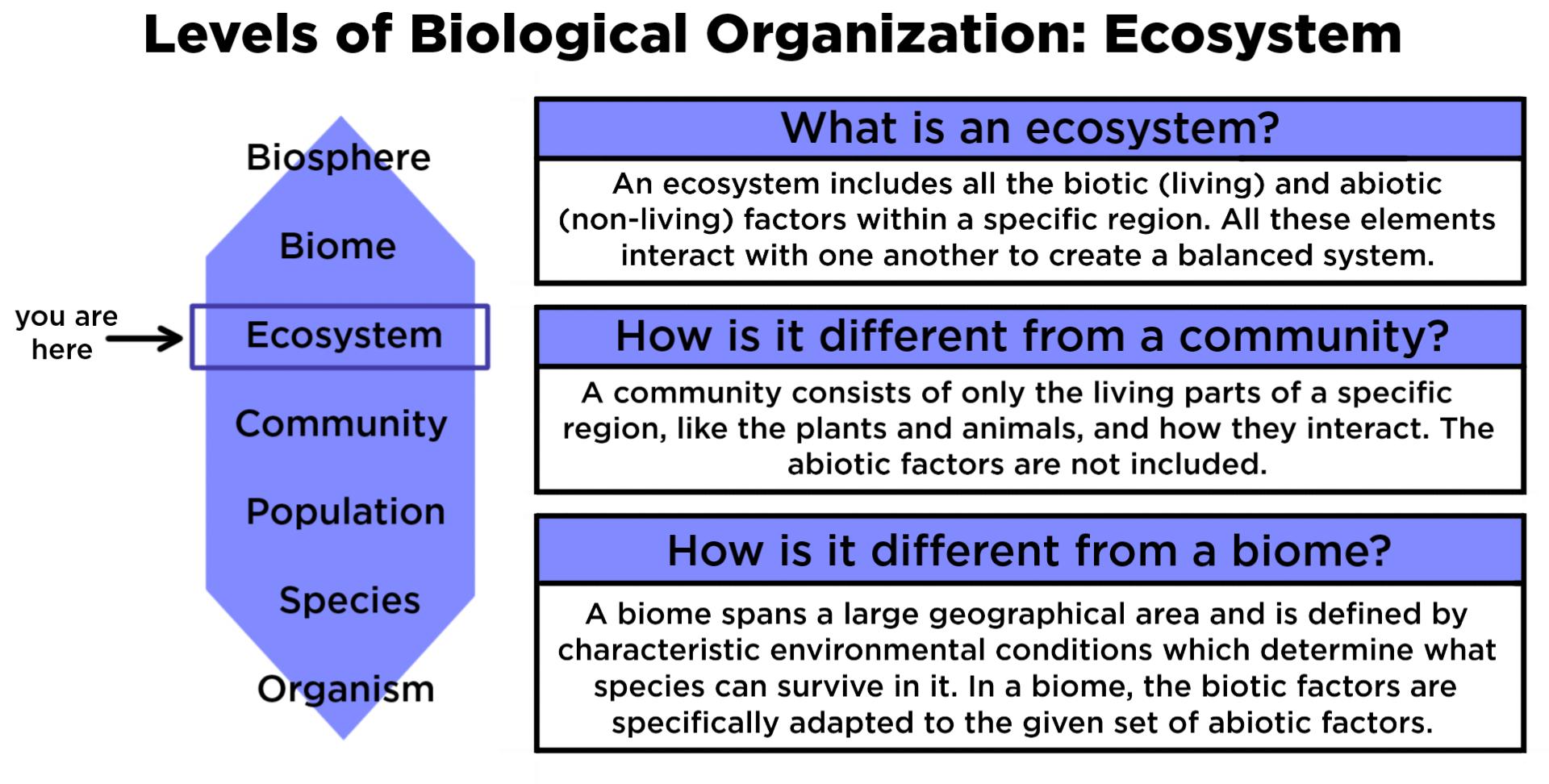
Ecosystem Ecology Definition Examples Expii

Ecosystem Ecology Definition Examples Expii
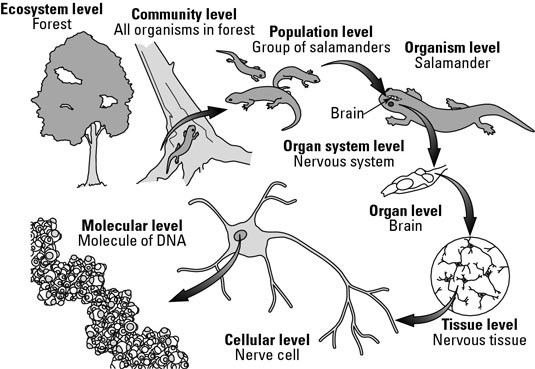
Biology Basics Ecosystems Dummies

Ecology Study Of Living Nonliving Parts Of An Ecosystem Environment How They Interact W One Another Ppt Video Online Download

Abiotic Components Of Ecosystems Definition Examples Expii
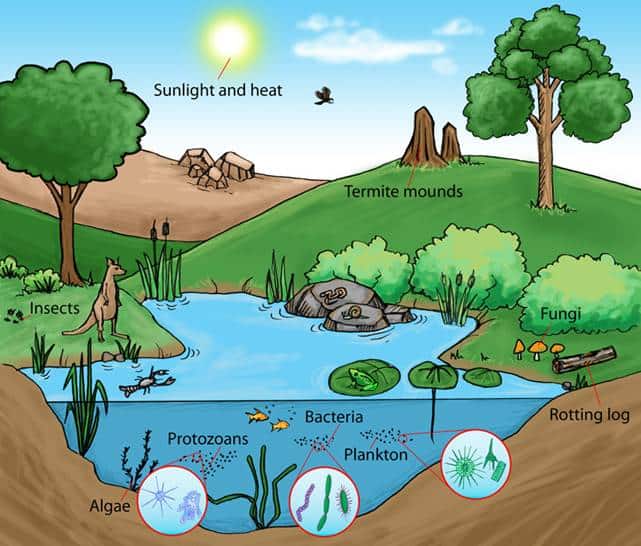
What Are Ecosystems And Why They Re Important

What Are The Basic Components Of The Ecosystem

Ecosystem Living And Nonliving Parts Diagram Quizlet
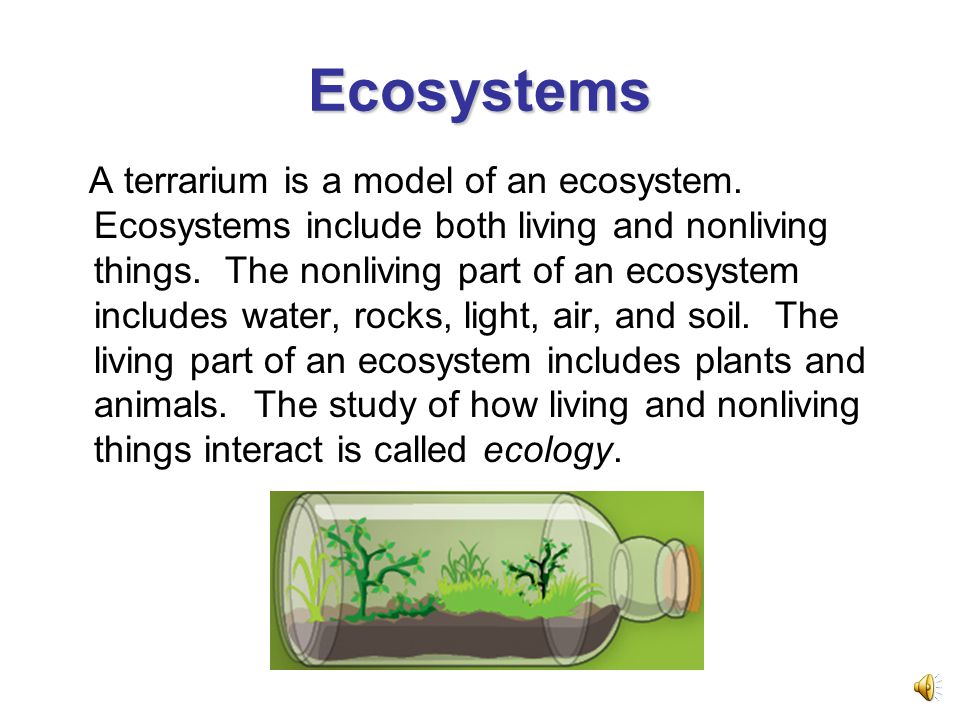
How Do Living And Nonliving Things Interact Ppt Video Online Download

Abiotic Non Living Components That Make Up An Ecosystem Biotic Living Components That Make Up An Ecosystem Living And Nonliving Learning Stations Nonliving
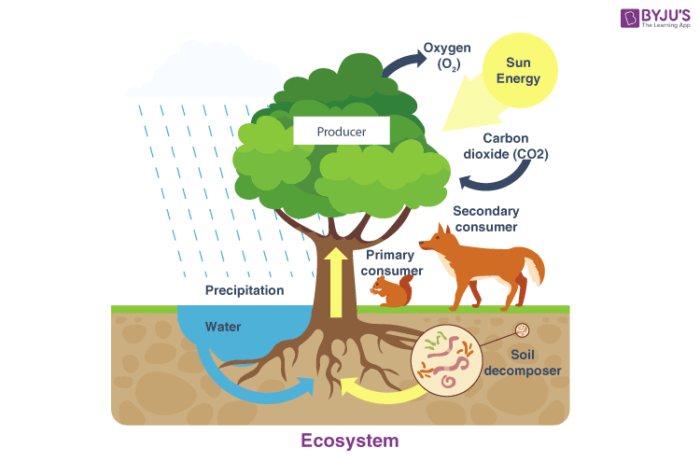
Comments
Post a Comment